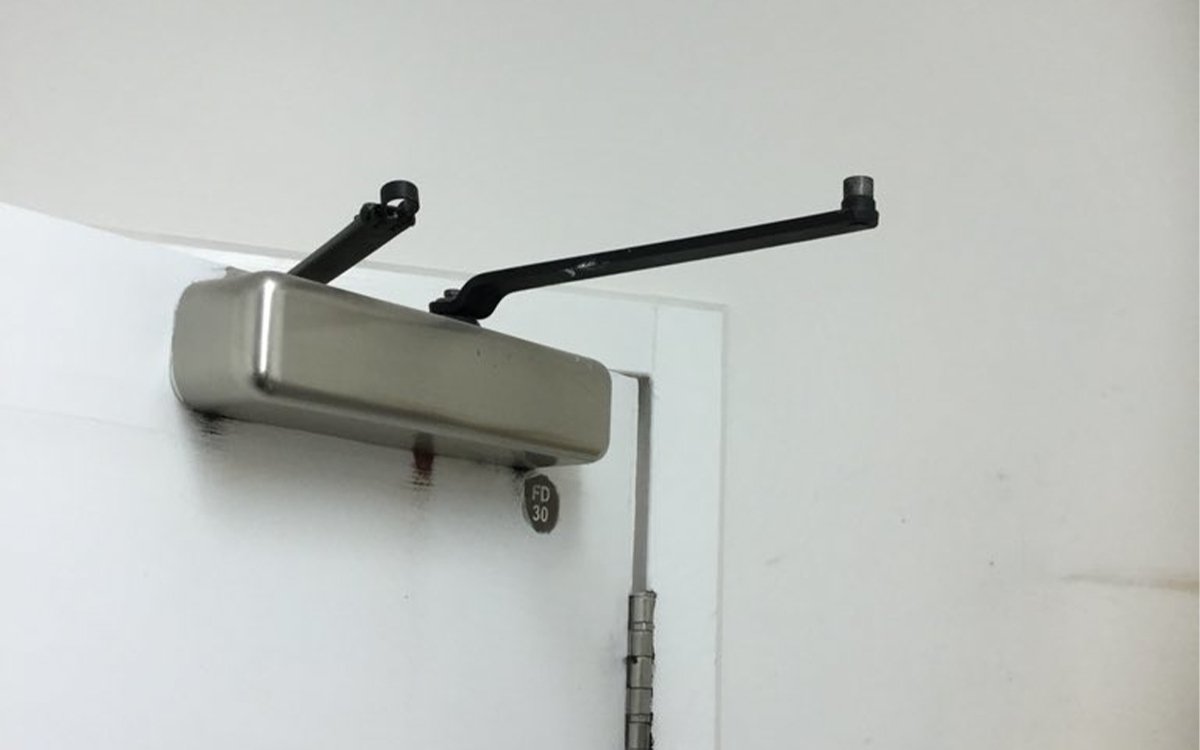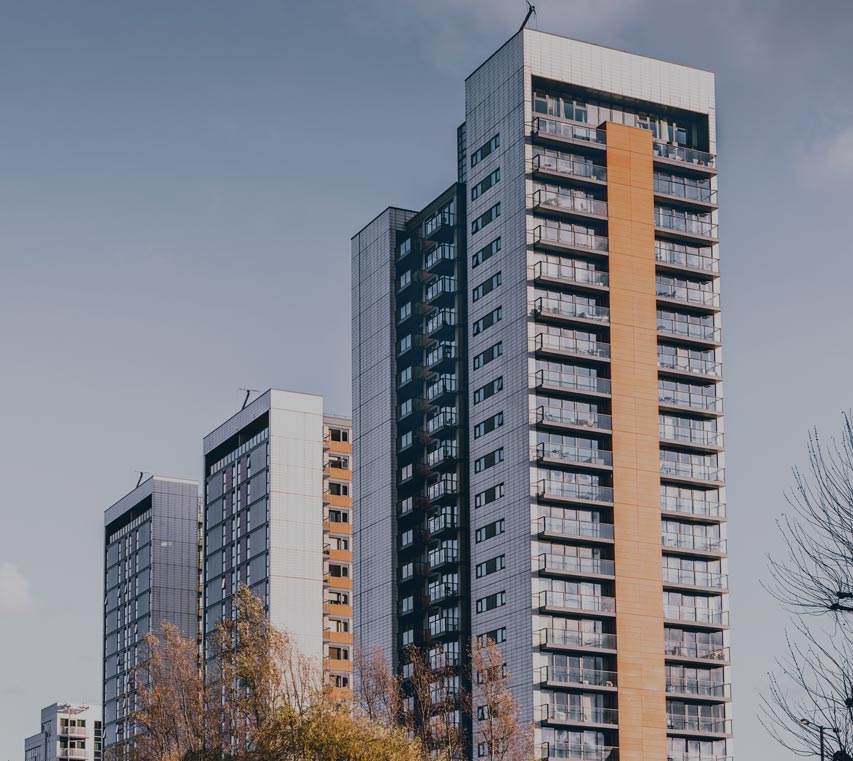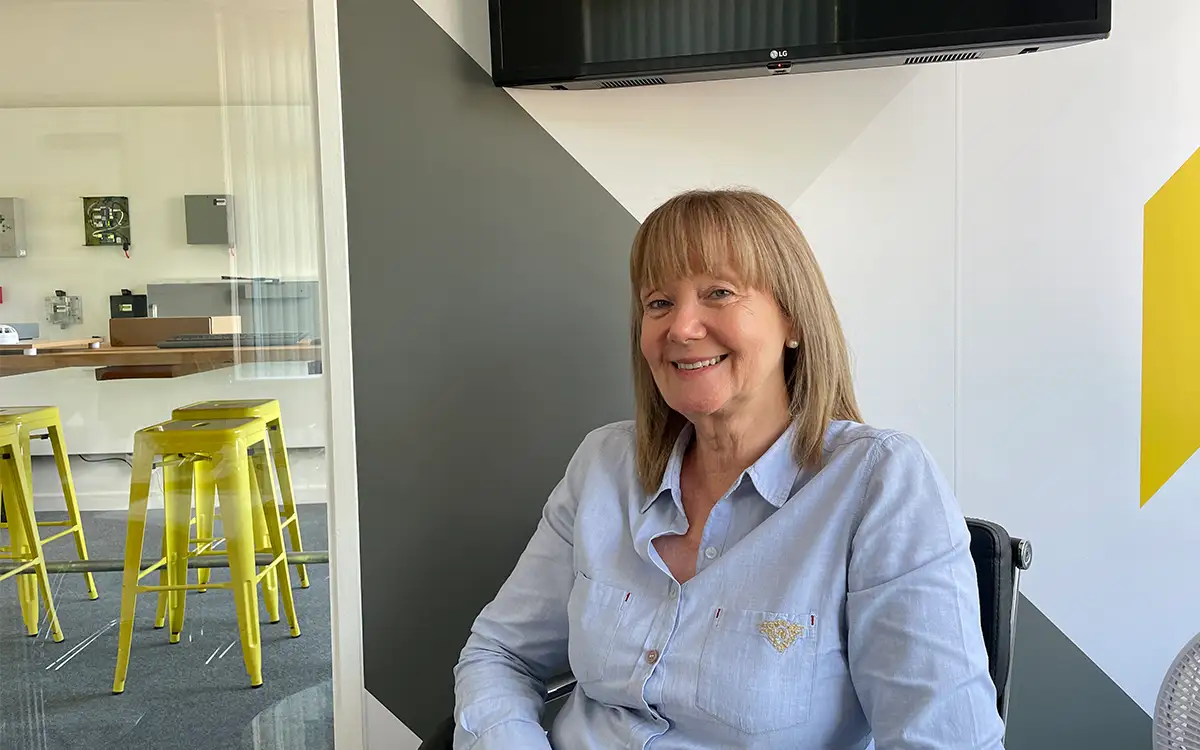Since Grenfell, fire safety in social housing has been in the spotlight. The standard of existing fire safety has been scrutinised and reviewed, with terms such as stay-put policy, EWS1 forms, The Hackitt Report, and ACM cladding all becoming household topics of discussion. Billions of pounds are being spent on Type 4 Fire Risk Assessments (FRA), cladding removal, door replacement programmes and waking watch. Housing groups are now putting more and more pressure on manufacturers and contractors to provide them with the assurance of compliance, with BIM and the Golden Thread becoming the expectation rather than the exception.
With the evolution of regulations and requirements, it may seem like there is a lot to keep on top of and checking all buildings efficiently can be more challenging. This raises the question: what can we do to keep on top of the ever-changing demands of a compliant and fire safe building?
Problem 1: Door closers are often damaged or stolen
An Inside Housing analysis of Grenfell survivors’ statements revealed that out of 81 flats, 46 of them described problems with fire doors – the main theme being missing self-closing devices. 4 years later, this issue is still unresolved.
In a recent conversation that Pete Davies, Fireco’s Business Development Manager, had with a local authority in the South East, he found out that out of 6000 general-purpose flat entrance doors, 1700 had closers disengaged or removed. In a conversation with another housing association customer, they explained that 40% of closers were missing from their general needs accommodation.
Problem 2: Keeping track of all the compliance information for the whole property portfolio
Within housing associations there can be anything from 500 to 80,000 properties in one portfolio. Keeping track of all of these properties can take a lot of time and coordination, however, this still needs to be done. The Golden Thread requires accurate and up-to-date records of all a building’s data through every stage, starting with the architects and then right through the chain of manufacturers, contractors and risk assessors.
The solution: How to keep track of fire safety in social housing
Fire safety compliance cannot be achieved overnight. There will be regulation updates, maintenance schedules to organise and expensive projects to plan, whilst a change of tenants can also act as variants as to whether your building is compliant. However, we can offer a way for you to take a bit more control of your property portfolio and help you keep track of what’s going on with parts of your building with live information.

Our new InSite software allows you to remotely monitor the status of all Fireco Pro door furniture located in your buildings from one device. If you are using our free-swing closer, Freedor Pro , for residents with mobility issues, you will be able to see instantly whether it has been tampered with or removed. You will also have the serial number, installation date, battery life, signal strength and current status. You can assign each device with the corresponding flat number and whether the resident is part of a PEEP, as well as the date due for the next inspection.
All our Pro Range door products are Cat A compliant meaning they can be installed in high-risk areas in accordance with your FRA. The Pro System is radio-controlled via ProHub which is hard-wired into your communal alarm panel, automatic opening vent (AOV) or sprinkler system.
With Fireco’s Pro Range & InSite Software, you can rest assured that one major part of your building compliance has been made easy.
If you need help with fire safety compliance in your buildings, call us on 01273 320650.







0 Comments